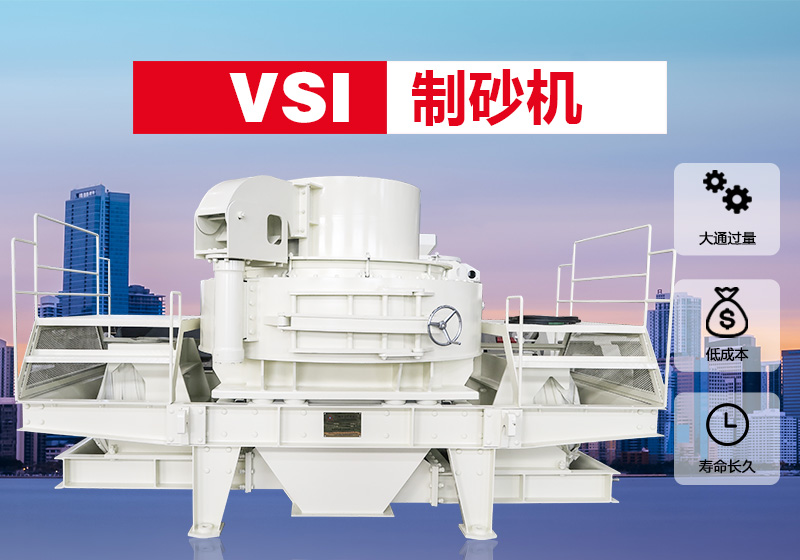1. Different seasons, different lubricating oil
The working environment of cone crusher will change. When the temperature, humidity and other conditions of the environment in which the equipment is located change, the lubricating oil must also change.
For example, in spring, since the temperature is still relatively cold, it is recommended to use relatively thin and slippery lubricating oil; most of the time in autumn continues the high temperature in summer, so it is recommended to use relatively viscous lubricating oil; in hot summer, due to the high temperature, the viscous lubricating oil will become relatively thin and slippery at high temperature, and can be well adhered to the parts of the equipment that need lubrication. Therefore, in summer, the lubrication system of cone crusher can use relatively viscous lubricating oil; in cold winter, contrary to summer, the lubrication system of cone crusher can use relatively thin and slippery good lubricating oil to achieve the desired effect.
The lubricating oils that can be used in different seasons are as follows: No. 40 mechanical oil can be used in general temperature, that is, in spring and autumn, No. 20 or 30 mechanical oil can be used in winter, and No. 50 mechanical oil can be used in summer. In the winter of high-cold areas, the use of lubricating oil No. 10 or No. 15 mechanical oil can meet the normal operation and circulation of the oil pump.
2. Different pressures of components require different lubricating oils
For the various components of the cone crusher, the components working under heavy loads require more viscous lubricating oils. For example, when the bearing pressure is high, the oil is pressed out of the bearing, and then it works in a dry state, which is easy to produce high working temperature, so a lubricating oil with greater viscosity should be used.
3. Different speeds of components require different lubricating oils
When the speed is high, use oil with lower viscosity; conversely, when the speed is low, use oil with higher viscosity. Because lubricating oil that is too dry or has low viscosity usually causes the bearing temperature to rise for those with faster speeds. When the speed and pressure are relatively high, the oil with lower viscosity will not be squeezed out of the bearing because when the shaft rotates, it absorbs the thin oil very vigorously, like a pump, and presses the oil between the sliding surfaces, separating the sliding surfaces and thus forming liquid friction.






 Leave Message
Leave Message Chat Online
Chat Online











